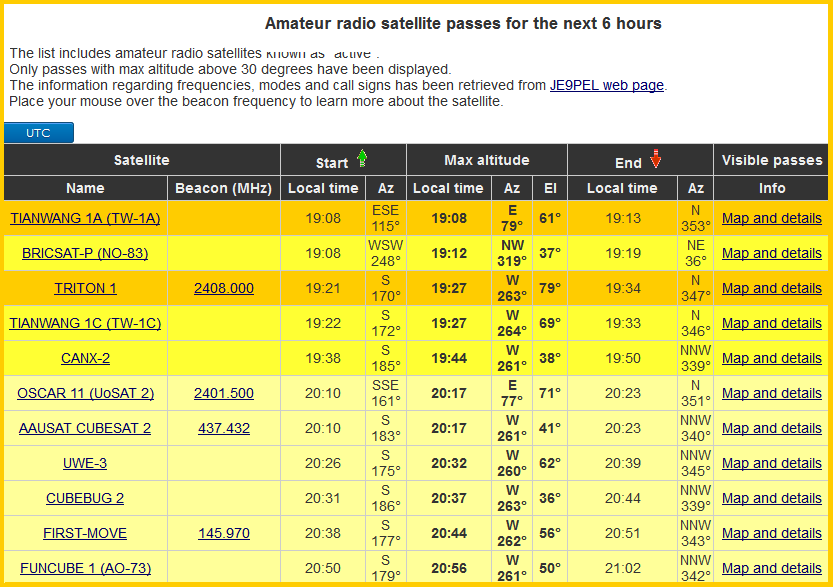

The transponder’s bandwidth and power dictate how much information can be transmitted through the transponder and how big the ground equipment must be to receive the signal. A satellite contains multiple channels, called transponders, that provide bandwidth and power over designated radio frequencies. Two critical considerations in spacecraft design are power and coverage. A satellite consists of the spacecraft bus (which is the primary spacecraft structure containing power, temperature control and directional thrusters) and the communications payload (which receives, amplifies and retransmits the signals over a designated geographic area). Satellites are built using sophisticated electronic and mechanical components that must withstand the vibrations of a rocket launch and then operate in the environment of space – without maintenance – for periods of 15 years or more. The ground equipment receives the signal.The satellite transmits the signal back to Earth.The satellite amplifies the incoming signal and changes the frequency.An uplink Earth station or other ground equipment transmits the desired signal to the satellite.Satellite communications involves four steps:

Transmissions via satellite communications systems can bypass the existing ground-based infrastructure, which is often limited and unreliable in many parts of the world. They are ideally suited to meet the global communications requirements of military, government and commercial organizations because they provide economical, scalable and highly reliable transmission services that easily reach multiple sites over vast geographic areas. Satellites are relay stations in space for the transmission of voice, video and data communications.


 0 kommentar(er)
0 kommentar(er)
